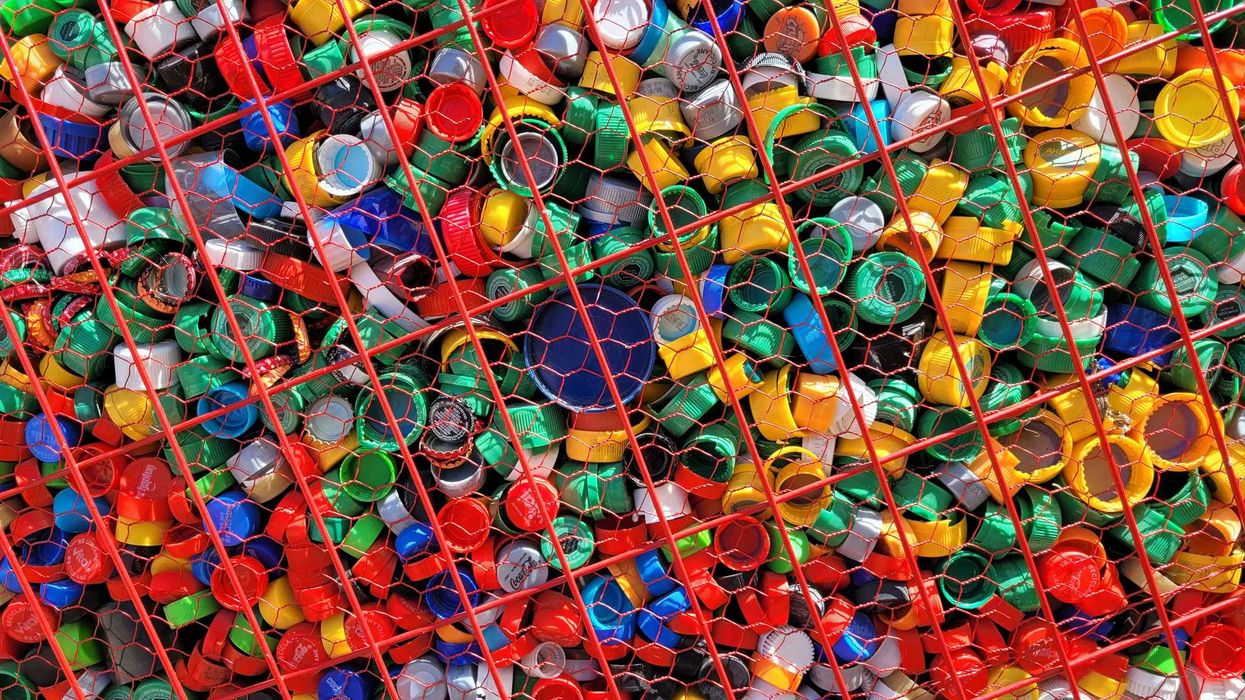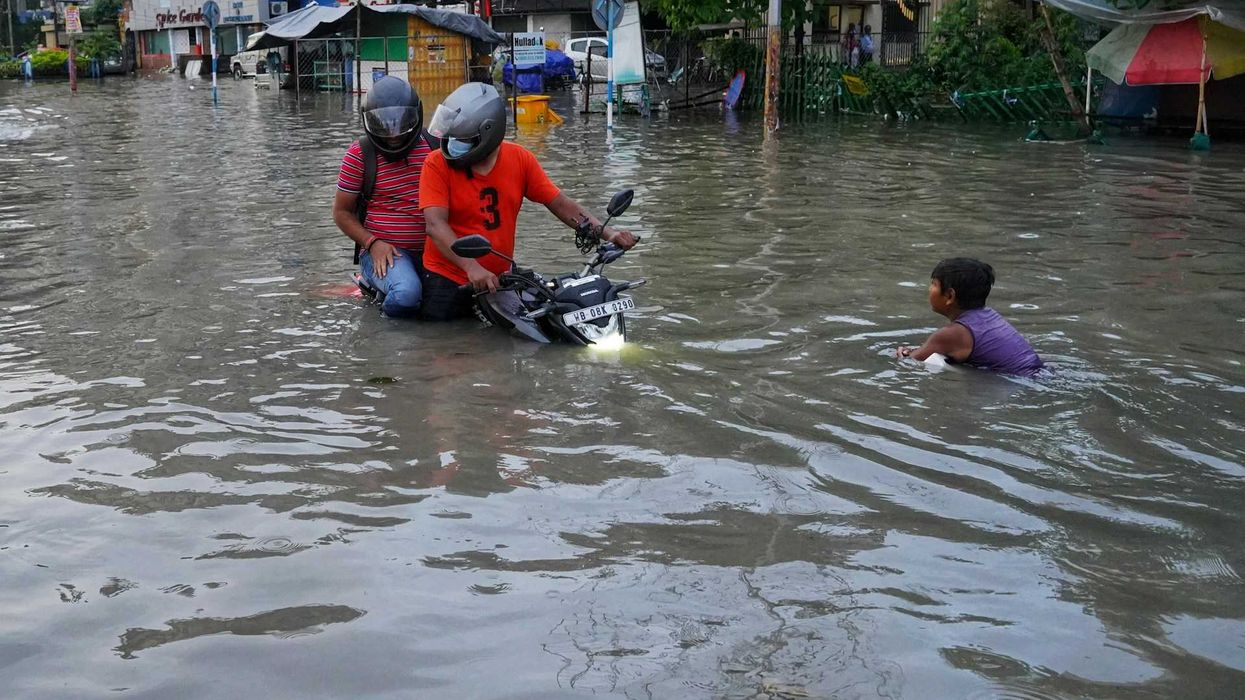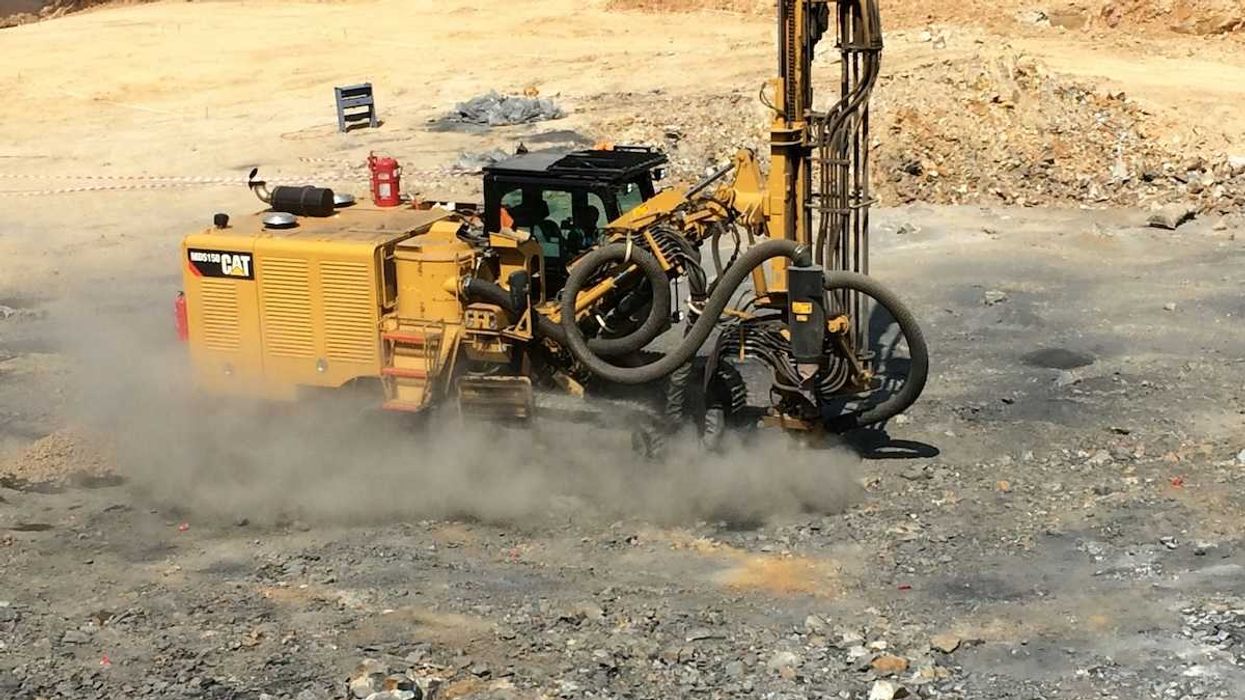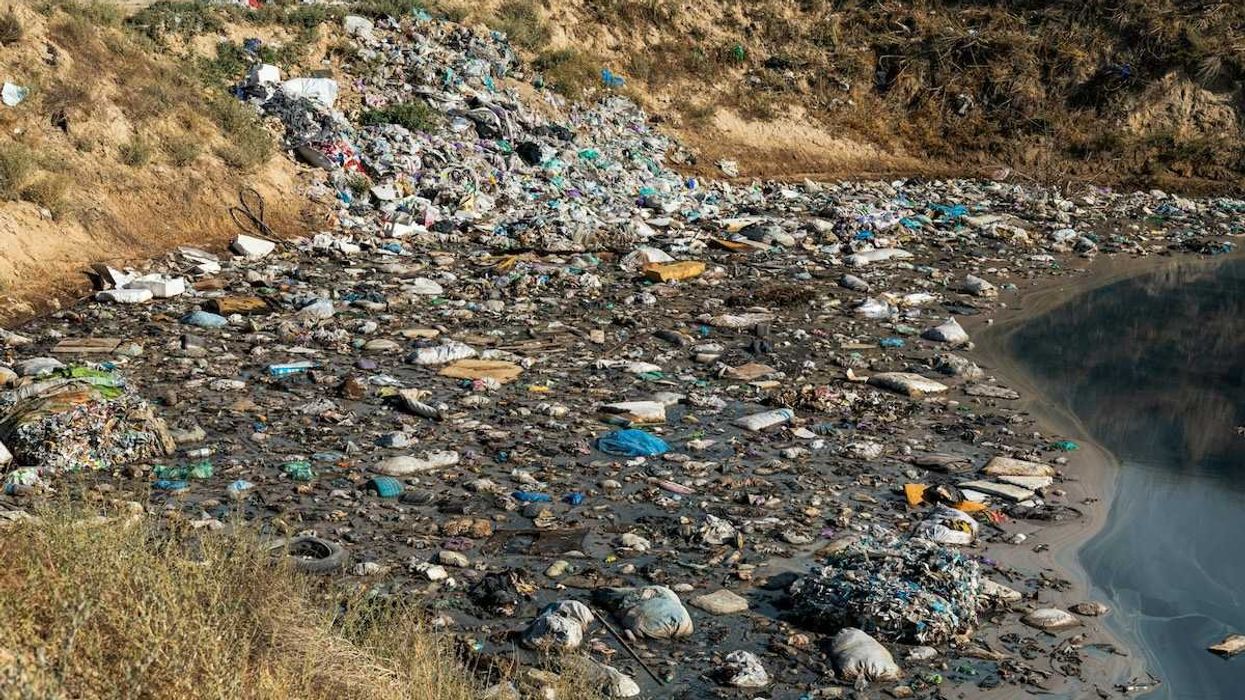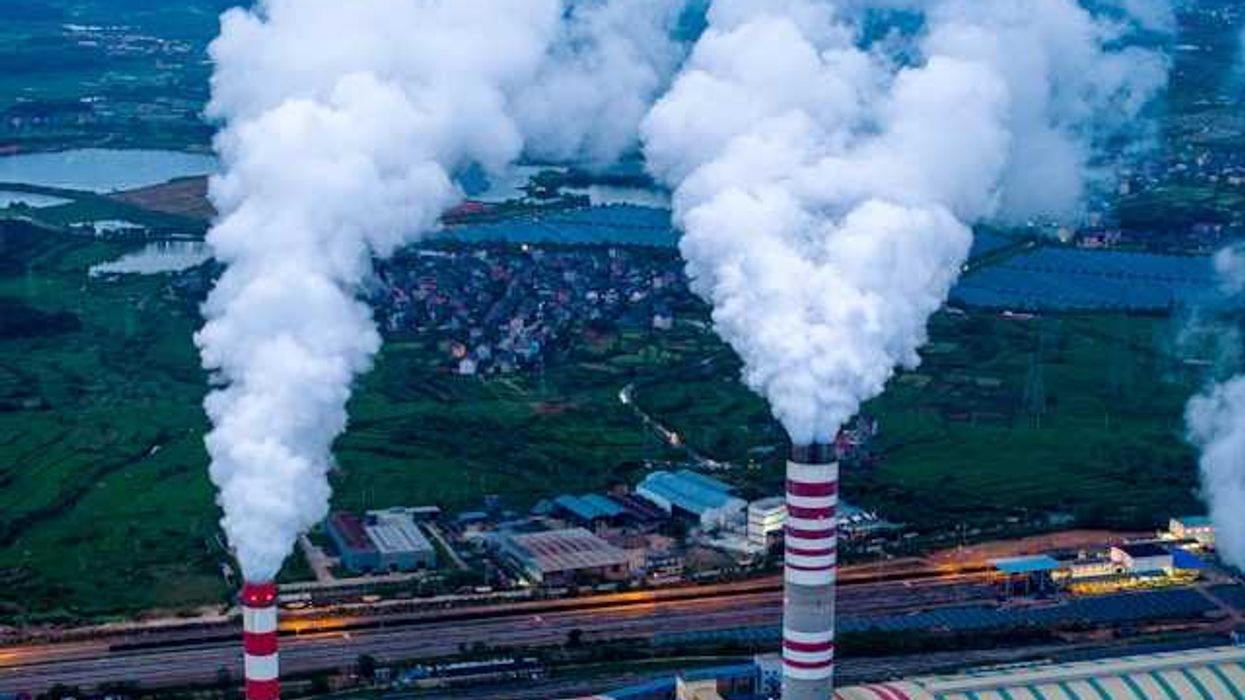Microscopic plastic pollution in the high Alps mostly comes from vehicle tire wear, a study finds, prompting a global effort to track airborne nanoplastics.
Damian Carrington reports for The Guardian.
In short:
- Researchers found that tire particles make up 41% of nanoplastics in Alpine snow, followed by polystyrene and polyethylene.
- Mountaineers collected snow samples in the Alps and are expanding efforts worldwide to map nanoplastic pollution.
- Scientists warn nanoplastics are more dangerous than microplastics, as they can enter the lungs and bloodstream.
Key quote:
“These remote places are very important to be analysed because you want to cover as much of the world as possible.”
— Dr. Dušan Materić, Helmholtz Centre for Environmental Research
Why this matters:
The spread of nanoplastics is global, carried by water, air and food. These particles have been detected in remote locations like polar ice and the deepest parts of the ocean, underscoring the extent of plastic pollution. Recently, attention has turned to vehicle tires as a significant yet overlooked source of airborne nanoplastics. As tires wear down on roads, they release microscopic rubber and plastic particles that can become suspended in the air and inhaled. This adds a new dimension to the conversation around plastic pollution.
Related: Massive new database on how plastic chemicals harm our health



